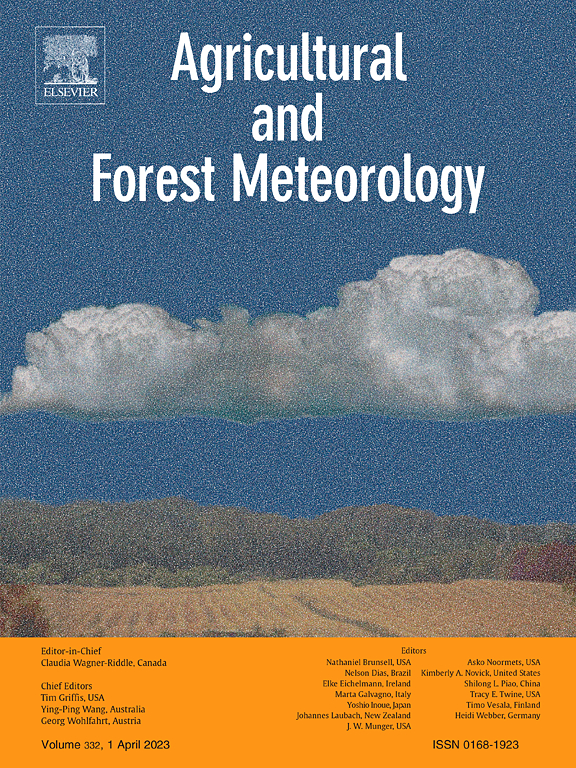AFM publication

A new publication in Agricultural and Forest Meteorology (Guan and Mascaro, 2023) explores the implications of climate change on crop production in central Arizona. Congratulations to authors associated with the Center for Hydrologic Innovations!
- Abstract: Quantifying the impacts of climate change on crop production is key to support integrated policies for the management of the food-energy-water (FEW) nexus. This is especially true in the water-limited desert southwestern U.S. Here, the Water Evaluation and Planning (WEAP) platform and its crop model MABIA were applied to simulate crop production in the main irrigation districts near Phoenix, Arizona, under different levels of warming and water allocations for irrigation. The ability of WEAP-MABIA was first tested to simulate water deliveries to all demand sectors and production of 11 crops during 2008–2018. In parallel, 17 (10) general circulation models (GCMs) from CMIP5 (CMIP6) were evaluated and ranked based on their performances in reproducing the local climatology of eight variables needed to apply the crop model, finding no significant improvement of CMIP6 models. WEAP-MABIA was then forced with bias corrected and spatially interpolated GCM outputs under future warming scenarios. If current water allocations for irrigation are not varied, crop production was projected to decline with rates that are higher up to 2060 and reduced afterwards (constant rates up to 2100) under moderate (intense) warming scenarios. The decline rates vary with crop and scenario up to an ensemble mean of -4.8% per decade and are largely controlled by the simulated increase of potential evapotranspiration. Water shortages that have started to be implemented under the Colorado River Drought Contingency Plan will cause further significant reductions of crop production, reaching almost -50% at the end of the century under the worst scenarios. This work provides insights into (1) the utility of GCM outputs and water management models for crop simulations, and (2) future changes of the food-water nexus in central Arizona that are needed to develop integrated FEW policies in the region.